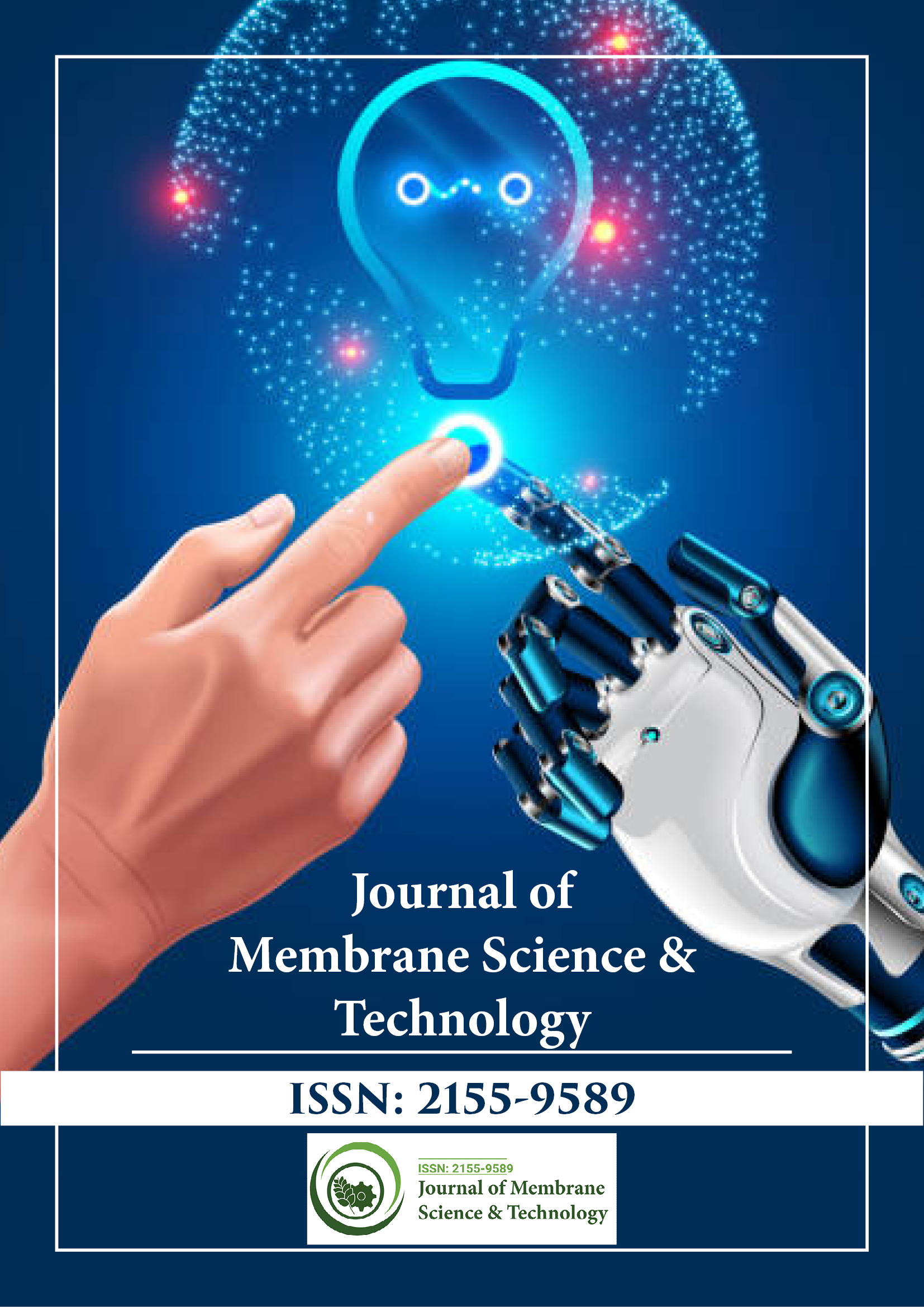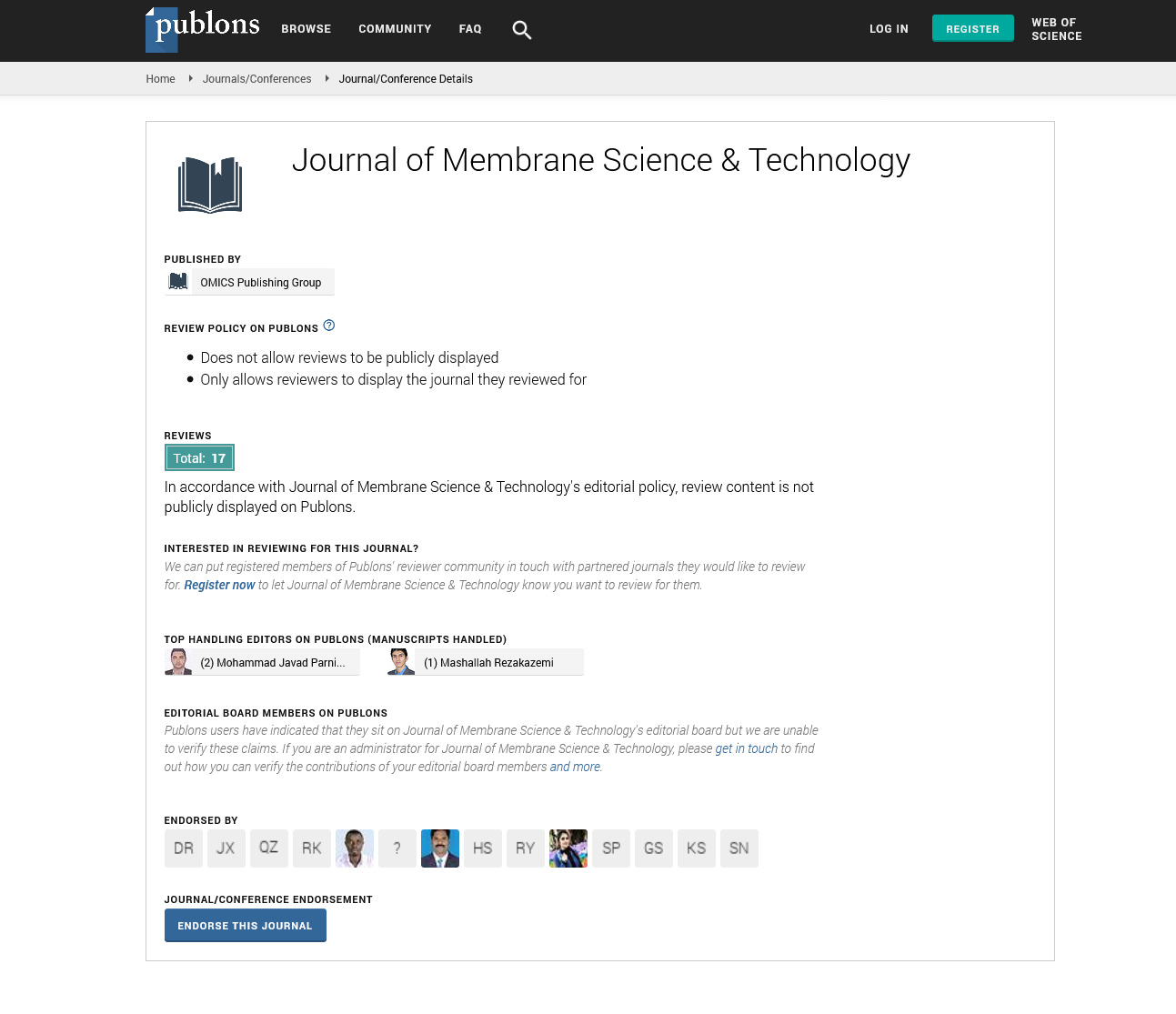Indexed In
- Open J Gate
- Genamics JournalSeek
- Ulrich's Periodicals Directory
- RefSeek
- Directory of Research Journal Indexing (DRJI)
- Hamdard University
- EBSCO A-Z
- OCLC- WorldCat
- Proquest Summons
- Scholarsteer
- Publons
- Geneva Foundation for Medical Education and Research
- Euro Pub
- Google Scholar
Useful Links
Share This Page
Journal Flyer

Open Access Journals
- Agri and Aquaculture
- Biochemistry
- Bioinformatics & Systems Biology
- Business & Management
- Chemistry
- Clinical Sciences
- Engineering
- Food & Nutrition
- General Science
- Genetics & Molecular Biology
- Immunology & Microbiology
- Medical Sciences
- Neuroscience & Psychology
- Nursing & Health Care
- Pharmaceutical Sciences
Journal Highlights
- Aquaporins
- Autophagosomes
- Bacterial Diseases of Plants
- Cell Culture
- Cell motility
- Cell tracking
- Centrioles
- Cloning
- Colloids
- Cytoskeleton
- DNA-based barcodings
- Desalination
- Epidemeology of Plant Diseases
- Epigenetic modification
- Essential Plant Pathology
- Gene Engineering
- Gene Silencing
- Gene Technology
- Gene chip technology
- Gene expression
- Gene mutations
- Gene profiling
- Gene variation
- Genetically Modified Organisms
- Ion Exchange
- Marker Assisted Breeding
- Membrane Bioreactor
- Membrane Distillation
- Membrane Emulsification
- Membrane Filtration
- Membrane Fouling
- Membrane Permeability
- Membrane Trafficking
- Molecular Plant Pathology
- Nematode Parasites
- Next-Generation Sequencing
- Osmotic Distillation
- Photosynthesis
- Plant Defensins
- Plant Diseases
- Plant Fungi and Diseases
- Plant Pathology
- Plant Pathology Journal
- Plant Pheromones
- Polymerization
- Recombinant Gene
- Resistant genes
- Reverse Osmosis
- Reverse Osmosis filter
- Reverse osmosis system
- Root Nematodes
- Semipermeable layer
- Single Cell Analysis
- Single Cell Gene Expression
- Single Cell Genome
- Single Cell Protein
- Single cell Imaging
- Single cells
- Surface Science
- Terminator Technology
- Transgenic Plants
- Transporter gene
- Ultrafiltration
- Viral Diseases of Plants
Membrane Fouling
Contamination of membranes causes a higher energy use, a higher cleaning frequency and a shorter life span of the membrane. Membrane contamination is usually called fouling. The optimum operating conditions and pore size to reduce fouling of the membranes depend on the pore size to particle size ratio and the physicochemical interactions between the solute and membrane. Membrane fouling can cause severe flux decline. There are various types of foulants: colloidal (clays, flocs), biological (bacteria, fungi), organic (oils, polyelectrolytes, humics) and scaling (mineral precipitates)
Related Journals: Advanced Chemical Engineering Open Access, Chemical Sciences Journal Open Access, water technology, Journal of water treatment, Environmental Journal, International Scholarly Research Notices, Power engineering Magazine.

